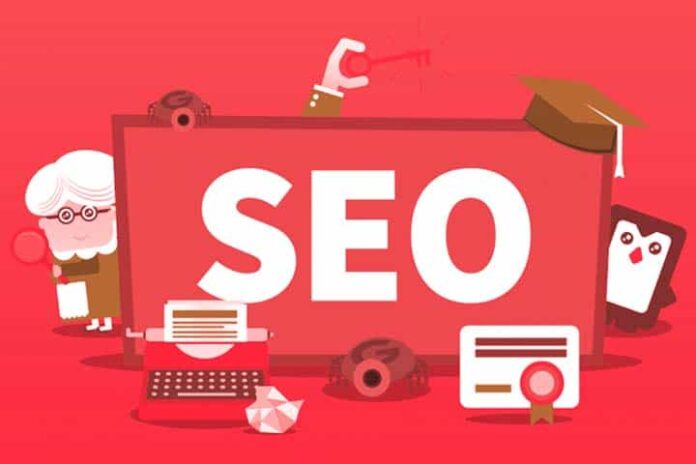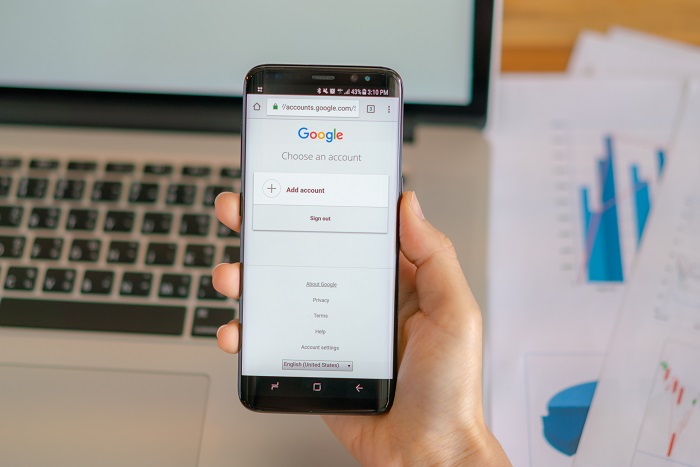Getting more people to your site is one of the biggest problems when it comes to internet marketing. The key to success is knowing which methods work best and which ones are just wasting time. If you have a high ranking website but don’t see any sign of traffic, think of those 11 SEO tips as potential reasons why this ranking is no good. There are numerous reasons that might affect your rankings. These can include but are not limited to, negative content, duplicate content being placed on the same page, having your pages without relevant keywords, links that are coming from outside sources and lastly, directory submission.
The first SEO tip is related to negative content.
If you place duplicate content on your site, you are wasting time and potentially damaging your ranking. If people find out that the site they are looking for is not there, they will move onto the next site. So in order to improve your SEO rankings, you must remove duplicate content from your site.
Another SEO tip is duplicated content. This is where the same page is used on another website. This is not allowed by Google and if it is found you will receive a penalty. Many people will use their main site to link to other pages, but this is often a major reason for their rankings to be poor.
Duplicate content is the most obvious way to lose ranking. Google likes to have one page about a particular subject or topic. They then rank each page according to its effectiveness. Therefore, it is vital that the pages linking to your site are relevant to each other and have a high page rank themselves.
The third SEO tip is called’re-directing’ links.
This is where you are linking to one page of your site and another page. Google will consider these links as a vote for your site, which may help to increase your ranking temporarily. However, it will soon be depleting your ranking, so it’s best to re-direct only really relevant links.
The fourth SEO tip is using internal pages.
These are pages within your site, which link to other pages. You can usually find them by going to the source index in Google and searching for the page number. If this number is found on the page, it is considered an ‘internal link’.
Your links need to be relevant to each other. Links from sites with poor content, no backlinks or poor text will have very little effect. Also, make sure you are not linking to sites that are blacklisted by Google. Doing so can actually hurt your page rank instead of helping it.
There are other tactics that can be used to avoid these traps, but the above are the most common. It is important that you realise that Google is an ever changing entity and it will not always react positively to what you may think. So, while it is tempting to go after the links that appear in the quickest, you should resist. Focus instead on improving your site, its content and usability. Only then will you reap the benefits of these links.
Be careful what you link to. Don’t just click on a site you find via a friend or a search engine results page. Check the website through Google to see if there is any proof that they are the right site to link to or not.
Do not just blindly link to your own site. There is a fine balance between building links for your own benefit and helping out others. If you just blindly put up links to other sites you don’t know, you could end up devaluing your own site and its content. Search engines value a site’s credibility and reputation more than a link.
In addition to avoiding reciprocal links, it is best to avoid internal or external links. In order to get around these SEO traps, search engines will generally penalize you for exchanging links with a site you are promoting. However, it is not impossible to exchange links with a site you have never visited before. Search engines realise that if a site looks credible it probably is, so by all means, put your links on them.
Link building is the backbone of any SEO campaign. But to avoid these Google SEO tips, search engines will leave you alone if you only have a few links pointing to your site. However, be careful about what links you choose to place on your site. If you don’t know who is linking to you, avoid them. A little research goes a long way.


